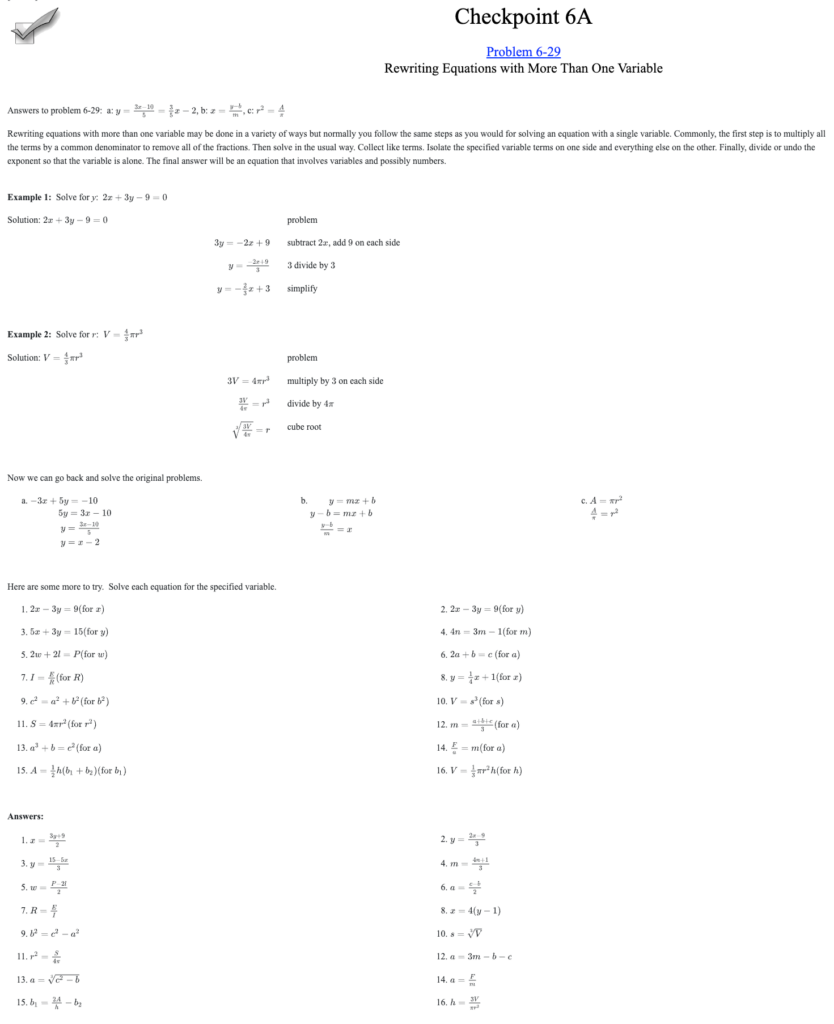Tony Jones, Mahomet, IL anthonyjones@cpm.org
From the “Pinterest perfect” classroom to the “Amazon Wish List” for supplies to the “must do” activity that went viral on social media to the books and websites teeming with hundreds of ideas, it seems that we are continually in a race to create, produce, and enact the best and latest idea that will transform our classroom. However, if we rush throughout the process, we often miss a very crucial aspect: critical reflection.
And so, when we see something like the Harry Potter-themed “Hallway of Mirrors” that one online education group deemed “Brilliant!” or the “Baggage Activity” that went viral on Facebook and Twitter, we are tempted to jump on board without too much thought. We see a chance to make an impact. We see a chance to keep up with the Joneses. I really do believe that the original intent of the teachers who posted these activities was altruistic and genuine. They believed what they were doing was helpful to their students. And a lot of people agreed with them.
However, I also believe there was something missing: a critical reflection of exactly what these activities were and how they might impact students. On the surface, these seemed to be great activities – the exact type of activities that could transform a classroom from good to great. Thus, they were shared over and over and over (nearly 650,000 times – hence, they went viral). However, the problem is that as teachers across the world were doing these activities in their classrooms, they might have been causing more harm than good. Some flaws of the Hallway of Mirrors activity are pointed out in this Twitter response. And this response from Upworthy cautions teachers to consider the effects of trauma on children more carefully.
The more I am involved in education, the more I am convinced that we need to do a much better job of recognizing the cultural and contextual aspects of our individual classrooms. Do we understand and realize that different cultural backgrounds cause students to view (and receive) education in different ways? Do we realize that our words and actions affect different students in different ways, depending on gender, culture, religious beliefs, and family situations? Do we understand the issues of trauma (both life-changing and daily) and how that affects students’ abilities to learn?
Any good idea needs to be run through several lenses, thinking about how it impacts students in your specific context and your specific community. We must think about how it impacts trauma-affected students, how it impacts students from different cultural backgrounds, how it impacts differently-abled students, and so many more. We need to ask several questions. Will it enhance the effectiveness of reaching my students? Is this appropriate for the students in my specific context? How will it benefit my students? How might it be harmful to someone who has experienced trauma?
While I believe there are a few universal truths in regards to students (and people in general), not every great idea will work in every context. What might work with students in rural North Dakota will not necessarily have the same impact on students in inner-city Detroit.
We must realize that everything we do in our classroom has an impact on students. And while it is never simple, and often involves the hard work of serious reflection, we must never skip this step of intentional reflection. Regardless of intent, however good it might be, we must be purposeful and cognizant of the impact of the things we do in our classroom. And we must plan to do things that help, not harm, students. For the sake of our students, we must make sure to take time to reflect and ask the difficult questions. And at times, we must admit that the activity may not be best for our students in our given context.
If you are not familiar with trauma-informed practices, this is a wonderful article from Edutopia to help get you started. A short, free online module to check out is Adverse Childhood Experiences. This module should take less than an hour. Both will give you insight to teaching from the perspective of trauma care.
As a final thought for you, though it is certainly not an original idea, I claim the following as a necessary pronouncement to ALL teachers at ALL times:
We must ALWAYS champion impact over intent.
A harmful impact can have deep, lasting implications. So, please read that statement again. Then print it, post it and live by it.
Two other good resources:
* Fostering Resilient Learners: Strategies for Creating a Trauma-Sensitive Classroom (2016) by Kristin Souers and Pete Hall
* The Trauma-Sensitive Classroom: Building Resilience with Compassionate Teaching (2018) by Patricia Jennings


